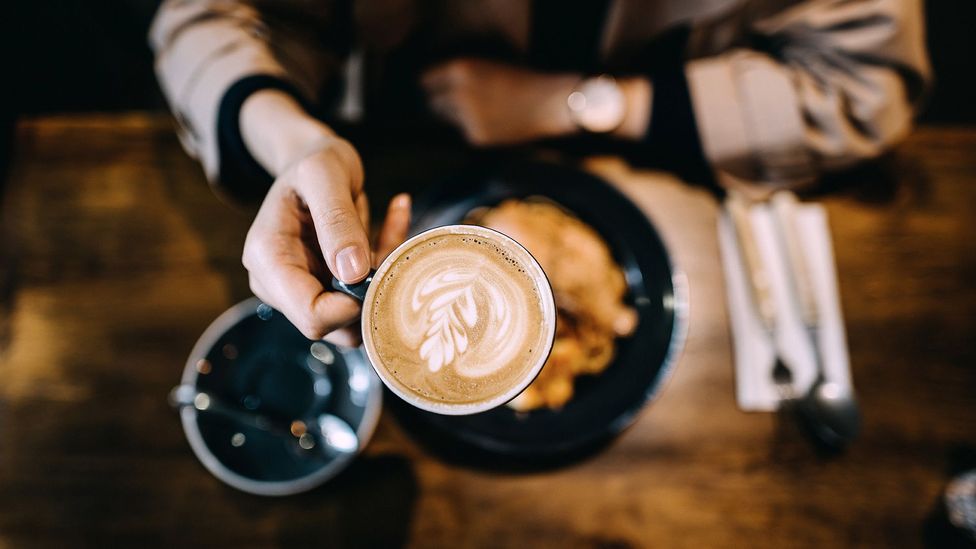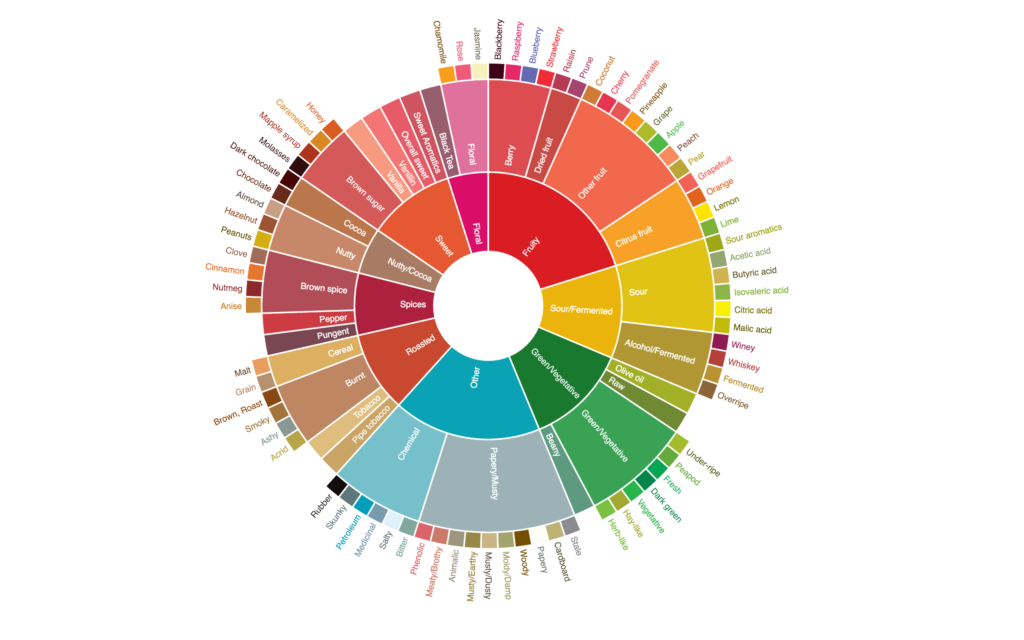Coffee Culture Around The World: Coffee is a beverage that could be tracked down from one side of the planet to the other Whichever region of the earth you look for, people start their day with a cup of Coffee. It is said that the Coffee was known since 875 A.D.; however, there was a handout which clarifies that there was an Arab Sheik who initially shed light upon its starting point in 1566 A.D.
Subsequently, it tends to be surmised that Coffee was presented in Arabia and it has been known as a drink. Extremely extraordinary properties of Coffee were taken into practical use by Mohammedans in their strict services. Later on, this beverage was announced to be an intoxicant and accordingly restricted in the Koran. Yet at the same time, coffee drinking propensity spread and very much like tea is related with China, Coffee is related with Arabia.
For right around two centuries, the inventory of Coffee to the world was from Yemen in the southern piece of Arabia. Expression of Coffee’s taste spread out for an immense scope yet leisurely, and until the sixteenth century, it arrived at Constantinople. Later, a hole of hundred additional years arrived at Great Britain and was presented by Mr. Edwards in Britain.
Coffee Culture Around the World

The first café was opened in London in 1652 by a Greek Servant. Notwithstanding, when the time elapsed, it was prohibited in England additionally. However, as the propensity was there in individuals, carrying of Coffee began.
Because of a pirating penchant for Coffee, drinking spread a lot quicker. Coffee is talked about as being utilized in France somewhere in the range of 1640 and 1660, and from there on, Coffee drinking might be said to have turned into a setup propensity all through the acculturated world.
Up to 1690, the sole cause of supply was Arabia, however in that year, it was brought into Java by the lead representative general of the island, and the environment was viewed as so all around adjusted to it that development was started for an enormous scope.
One of the principal plants filled in Java was shipped off the professional flowerbeds at Amsterdam, and seed from it was shipped off Surinam, bringing about its presentation into that country in 1718. After ten years, it tracked down its direction toward the West India islands, and from that time, its development has been general all through the possessed parts of the jungles.
The locale best adjusted to its way of life ‘ is all around watered mountain slants, changing from one to 4,000 feet in elevation and between the equals of 15 degrees North and 15 degrees South scope, although it is developed from 25 deg. North range to 30 deg. South in circumstances where the temperature doesn’t dip under 55 deg. Fah.
As per the elevation at which it is developed;” the bean shifts in size and shading, that from the high countries being little and light green, and closer the shore of a yellow hint and a lot bigger; the wild trees of Liberia, which prosper in swamps, creating the giant beans known, which are, notwithstanding, Inferior in quality, similar to the case with most of the African item. For the most part, Eastern Coffee might be recognized by its yellow tone and giant beans, as contrasted and the more modest green berries of Central and South American development.
A couple of food articles go through so many and shifted processes before showing up in attractive structure, and it will hold any importance with following the advancement of Coffee from the bloom to the cup.
The trees break forward in a mass of sprout from the get-go in the spring; however, the total covering of sensitive white blooms which might be found in one of the delineations vanishes in not very many days.
A time of four to five months has slipped by before the trees have arrived at the following stage represented; and as the bean is immovably connected to the branch, and the locale isn’t liable to serious tempests, the yields are not drained by bonuses, the tree showing nearly as complete a covering of natural product as of blooms.
This might be seen by intently checking out the delineation, which addresses the hacendero on a visit through investigation to check whether the harvest is prepared for picking.
An enormous power of laborers cultivates this last activity, each with bin thrown over the shoulder, in a brief time frame, and the organic product is pulled in blundering oxcarts of middle age example to the decks or drying yards.
In a real sense, the last option is enormous concrete floors, which structure superior tennis courts when not being put to their authentic use, and on a considerable Finca (manor) will cover a few sections of land.
Here the berries are fanned out in a layer a couple of inches down and afterward dug up into columns, being consistently turned, to introduce all the natural product to the sun. In one of the inscriptions, the old and new strategies are shown next to the other, the Coffee drying in the sun on the deck and being dried by machine, the last option looking like a colossal roaster and acting in much a similar way.
The previous cherry-like natural product has now turned into an extreme, dark, and badly crumpled uninspiring, taking after stones as much as anything and with which it is pretty much blended.
From here, it is scooped into the enormous maturing tanks, where it is covered with water and permitted to stay some time, being consistently mixed and having the very rotten water drawn off at spans. From this cycle, it arises purified of the enormous measure of soft mash which has up until recently covered it.
However, the beans are held eye to eye by a meager and excellent material like covering, which must be taken out financially by apparatus. This is cultivated by a huller, which splits the shafts up and passes over the covering.
The pollutants, like dark and useless beans, stones, and so forth, are then selected manually, and the Coffee is packed away prepared for shipment. The broiling and crushing are both recognizable tasks and are constantly done where the Coffee is to be utilized, as it loses its smell rapidly in some other yet its green state.
The Coffee Flavour Wheel
The Coffee Flavour Wheel is a tool used by coffee professionals to describe the various taste and aroma characteristics of coffee. It was developed by the Specialty Coffee Association of America (SCAA) and provides a standardized language for describing the sensory attributes of coffee.

The Coffee Flavour Wheel is organized into several categories, including basic tastes (sweet, sour, salty, bitter), aromas (fruity, floral, spicy, etc.), and defects (musty, mouldy, etc.). Each category is further broken down into specific descriptors, providing a comprehensive and detailed list of the various flavours and aromas that can be present in coffee.
Using the Coffee Flavour Wheel, coffee tasters can describe the flavours and aromas they detect in a specific coffee in a systematic and consistent way. This allows for clear communication between coffee professionals, including growers, roasters, and baristas, and helps to ensure that the quality and taste of the coffee are consistent over time.
In addition to being a useful tool for coffee professionals, the Coffee Flavour Wheel can also be a helpful resource for coffee lovers who want to learn more about the sensory qualities of coffee and how to describe them.
FAQs:
Here are some frequently asked questions about coffee culture:
Q: What is coffee culture?
A: Coffee culture refers to the social and cultural aspects of coffee drinking, including the rituals, traditions, and social norms surrounding coffee consumption. It encompasses the production, trade, and consumption of coffee, as well as the cafes, coffee shops, and other venues where coffee is served.
Q: Where did coffee culture originate?
A: Coffee culture is said to have originated in the Middle East, particularly in the area that is now Ethiopia, where coffee was first consumed for its medicinal and stimulant properties. From there, coffee spread to other parts of the world, including Europe, where coffeehouses became popular gathering places for socializing and intellectual discussions.
Q: Why is coffee so popular?
A: Coffee is popular for a variety of reasons, including its taste, aroma, and caffeine content. It is also a versatile beverage that can be enjoyed in a variety of ways, such as black, with cream and sugar, or as part of specialty drinks like lattes and cappuccinos. Additionally, coffee is often associated with socializing and meeting with friends or colleagues, making it an important part of many people’s daily routines.
Q: What is a coffeehouse?
A: A coffeehouse is a type of cafe or restaurant that specializes in serving coffee and other hot and cold beverages, as well as light food items like pastries and sandwiches. Coffeehouses are often seen as social hubs, where people can meet and chat with friends, read, or work.
Q: What is a barista?
A: A barista is a person who makes and serves coffee, typically in a cafe or coffeehouse. A barista is responsible for preparing and serving a variety of coffee drinks, including espresso-based drinks, as well as ensuring that the coffee is of high quality and the customer experience is positive.
Q: What is a specialty coffee?
A: Specialty coffee refers to high-quality coffee that is grown, processed, and roasted to exacting standards. Unlike mass-produced coffee, specialty coffee is known for its unique flavors, aromas, and qualities, which are a result of the beans’ origin, variety, and processing methods.
Specialty coffee is often more expensive than mass-produced coffee, but it is also considered to be of higher quality and is enjoyed by coffee connoisseurs around the world.



